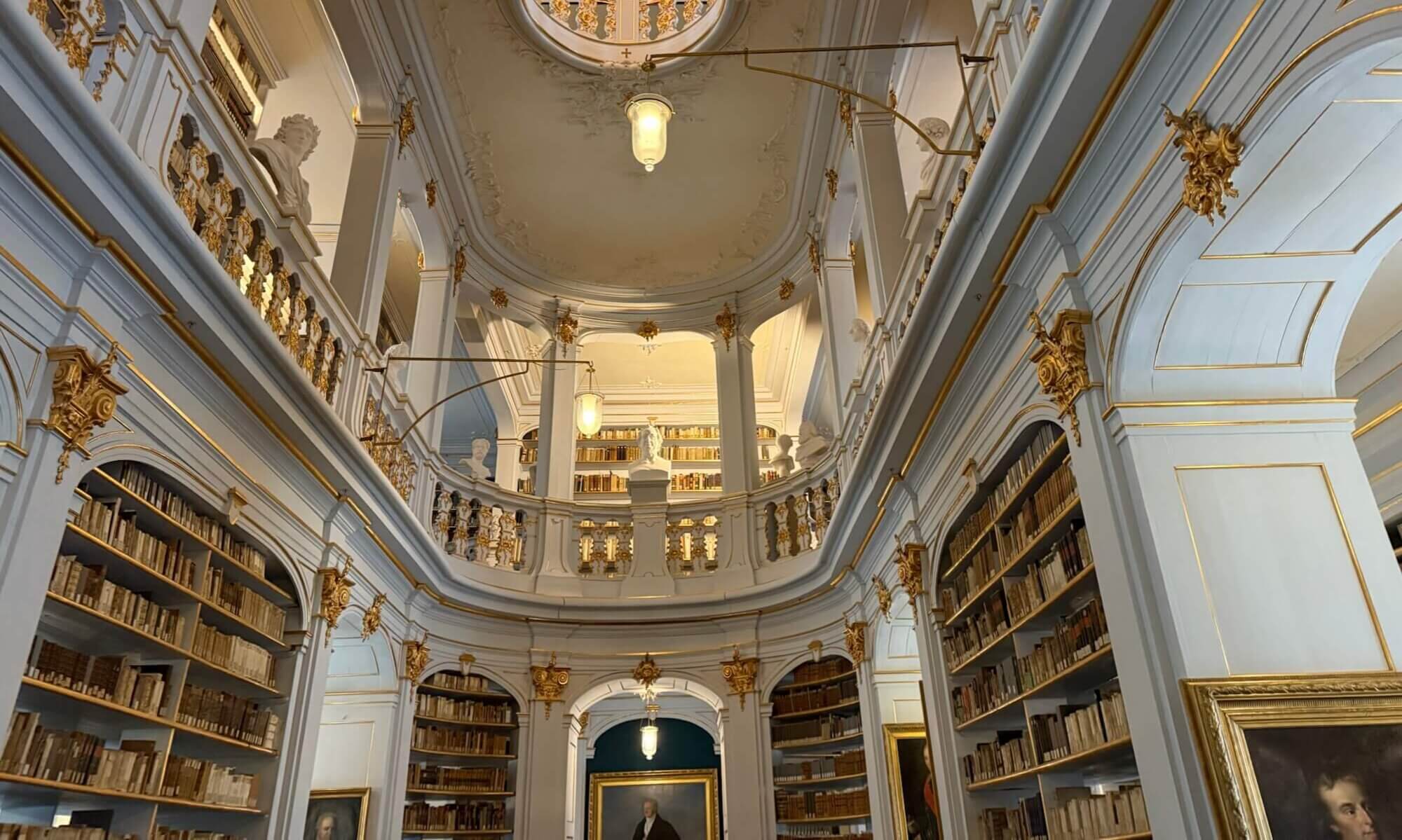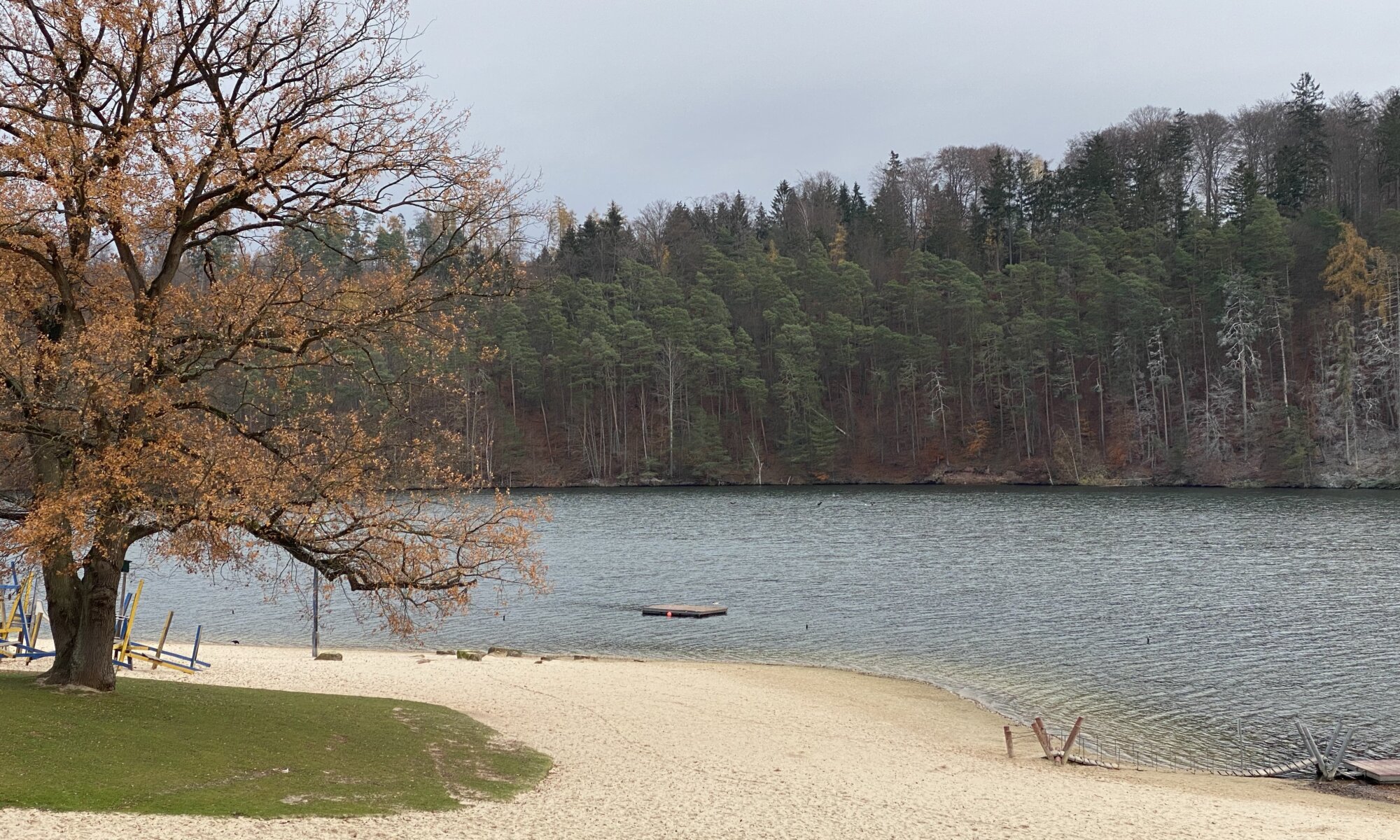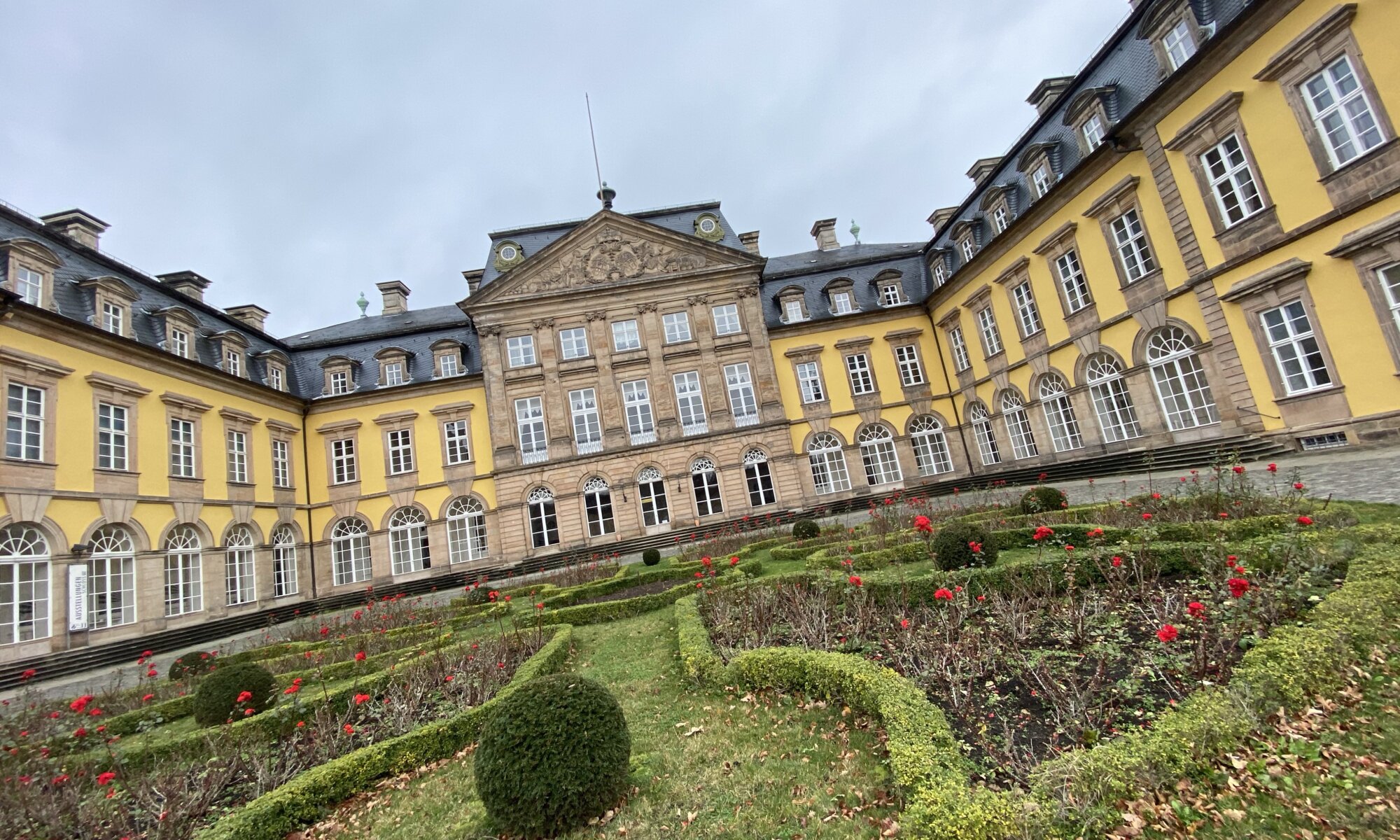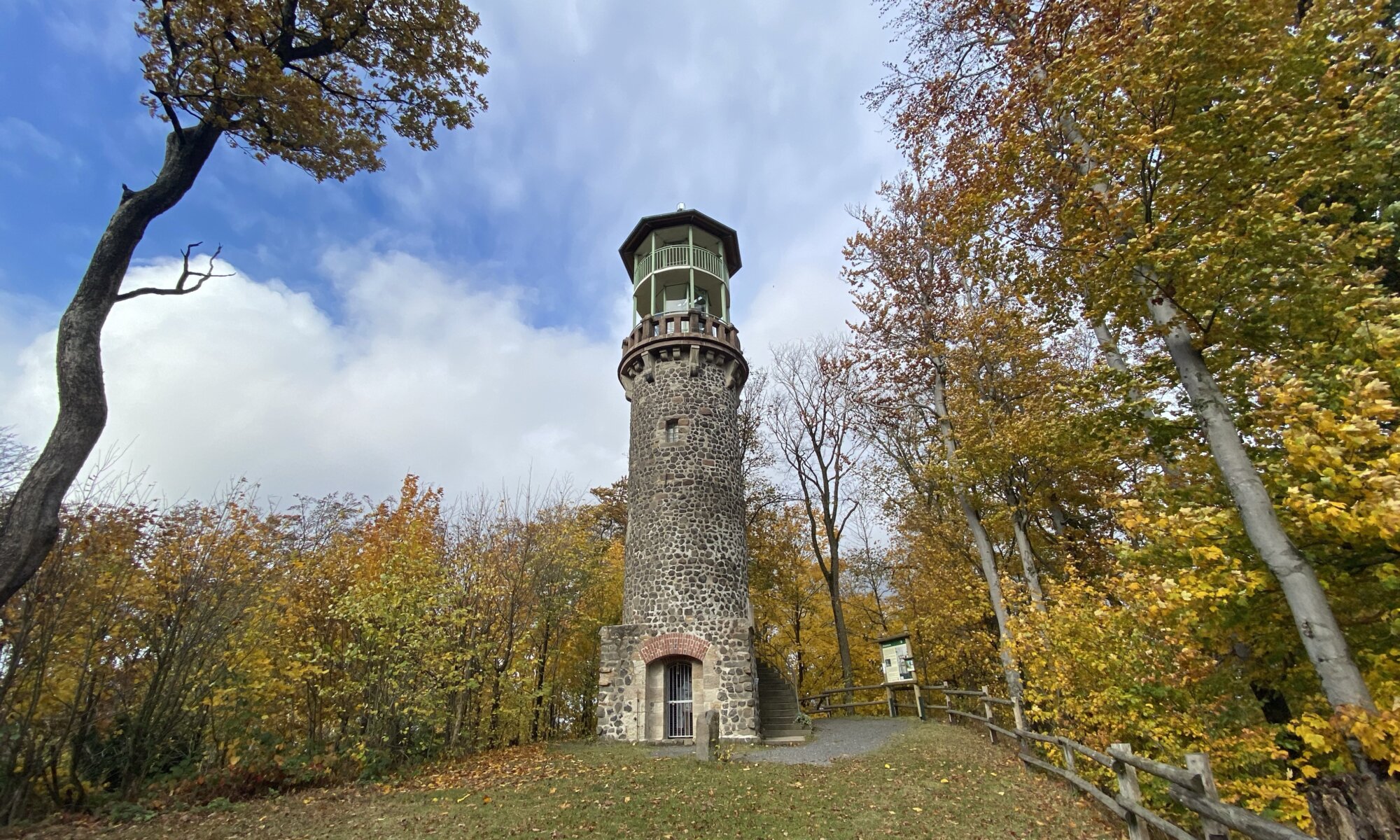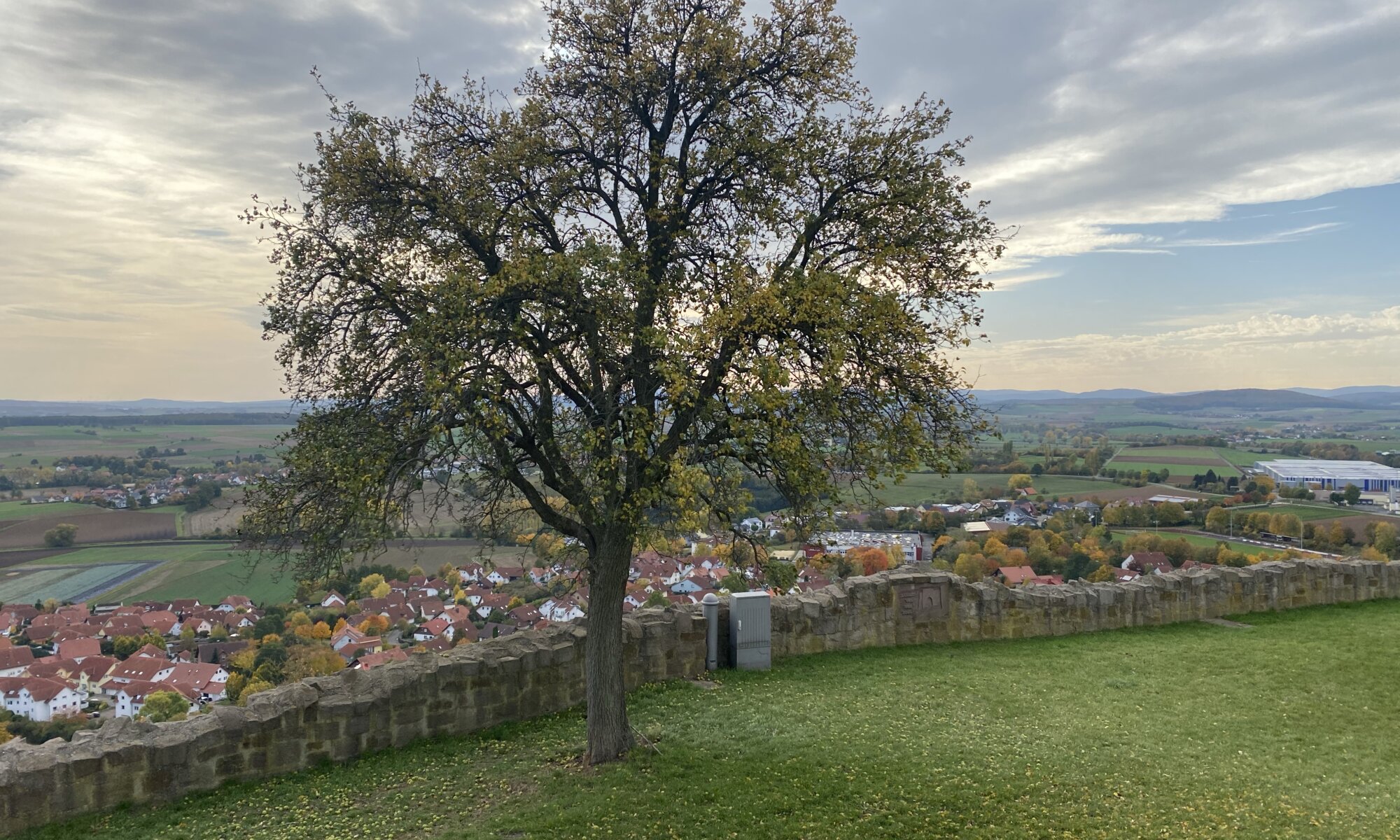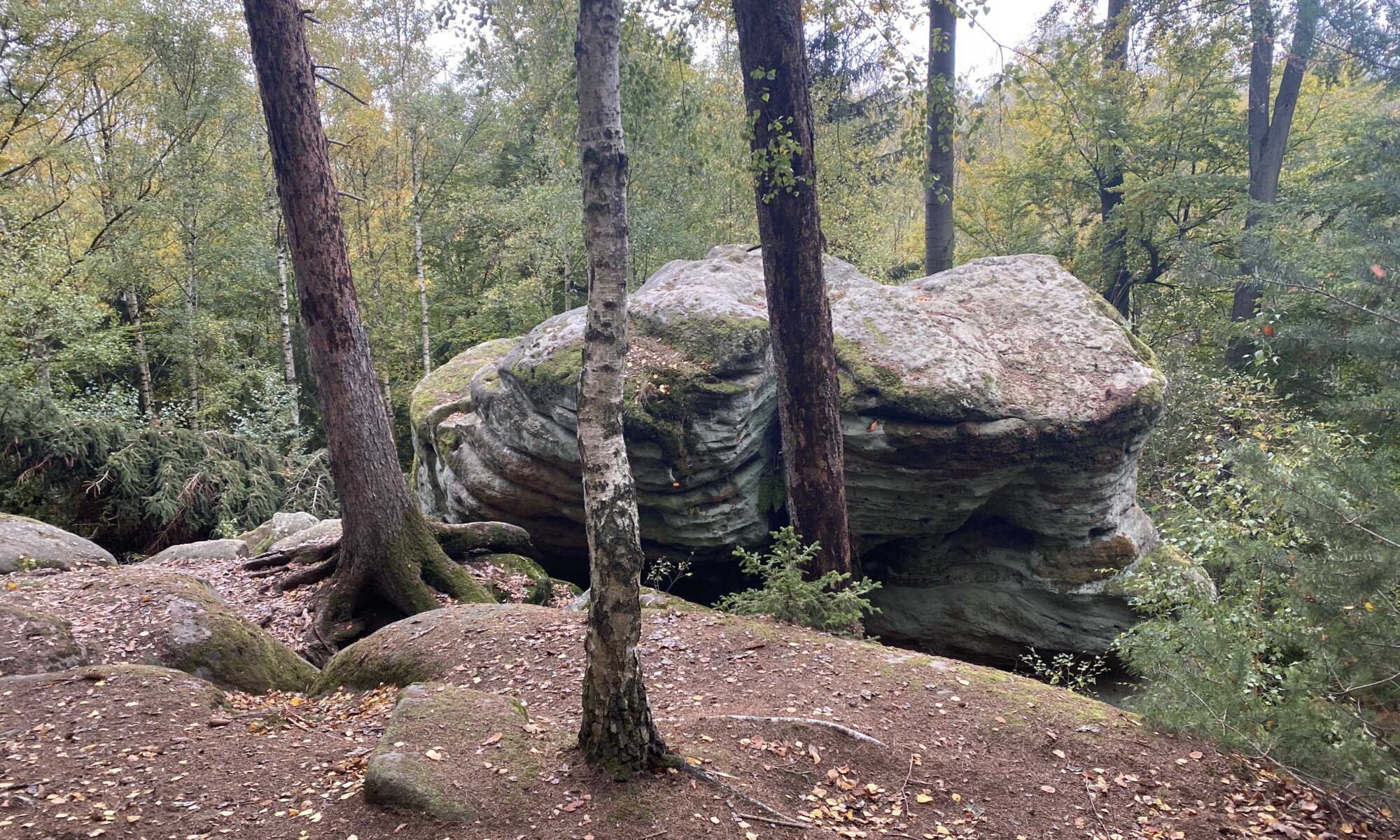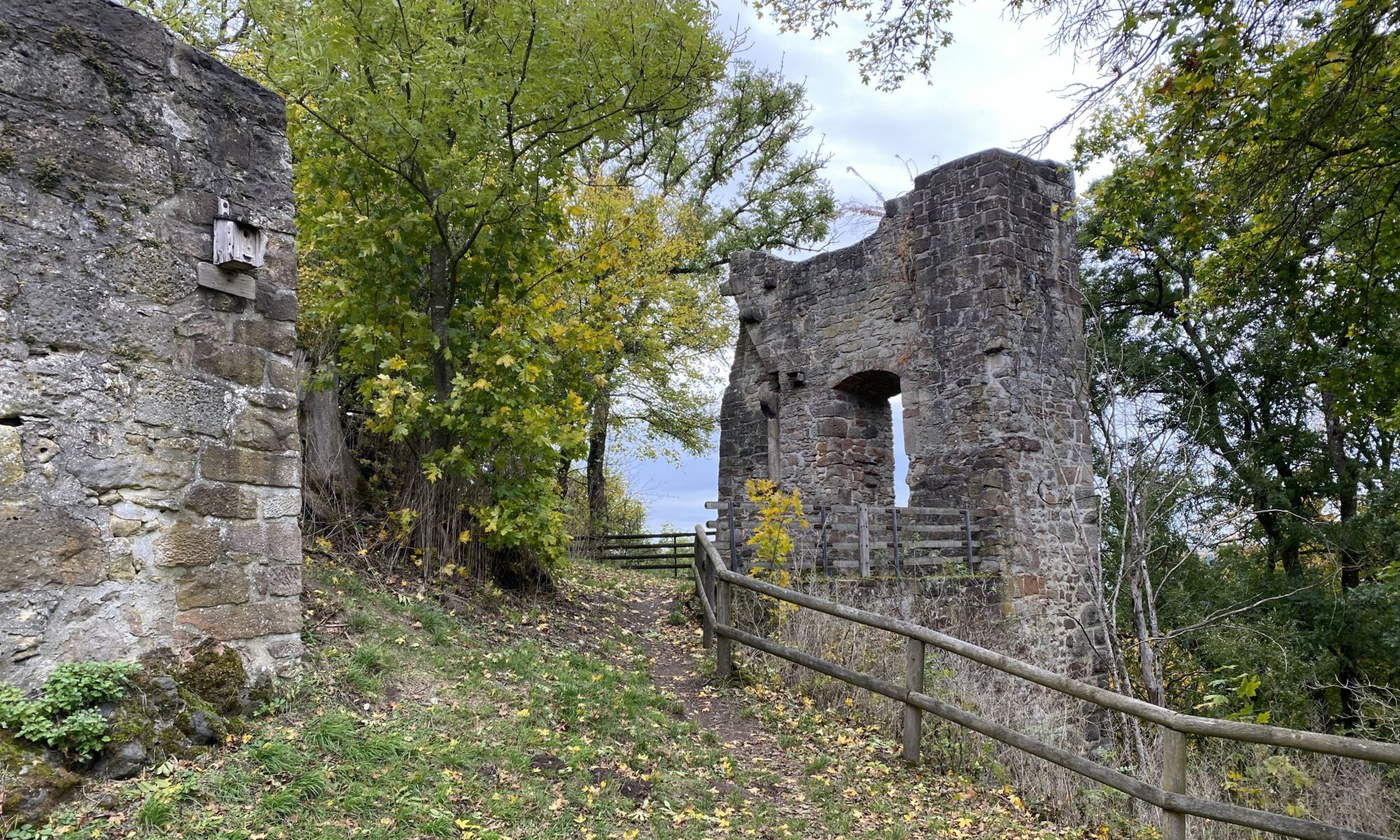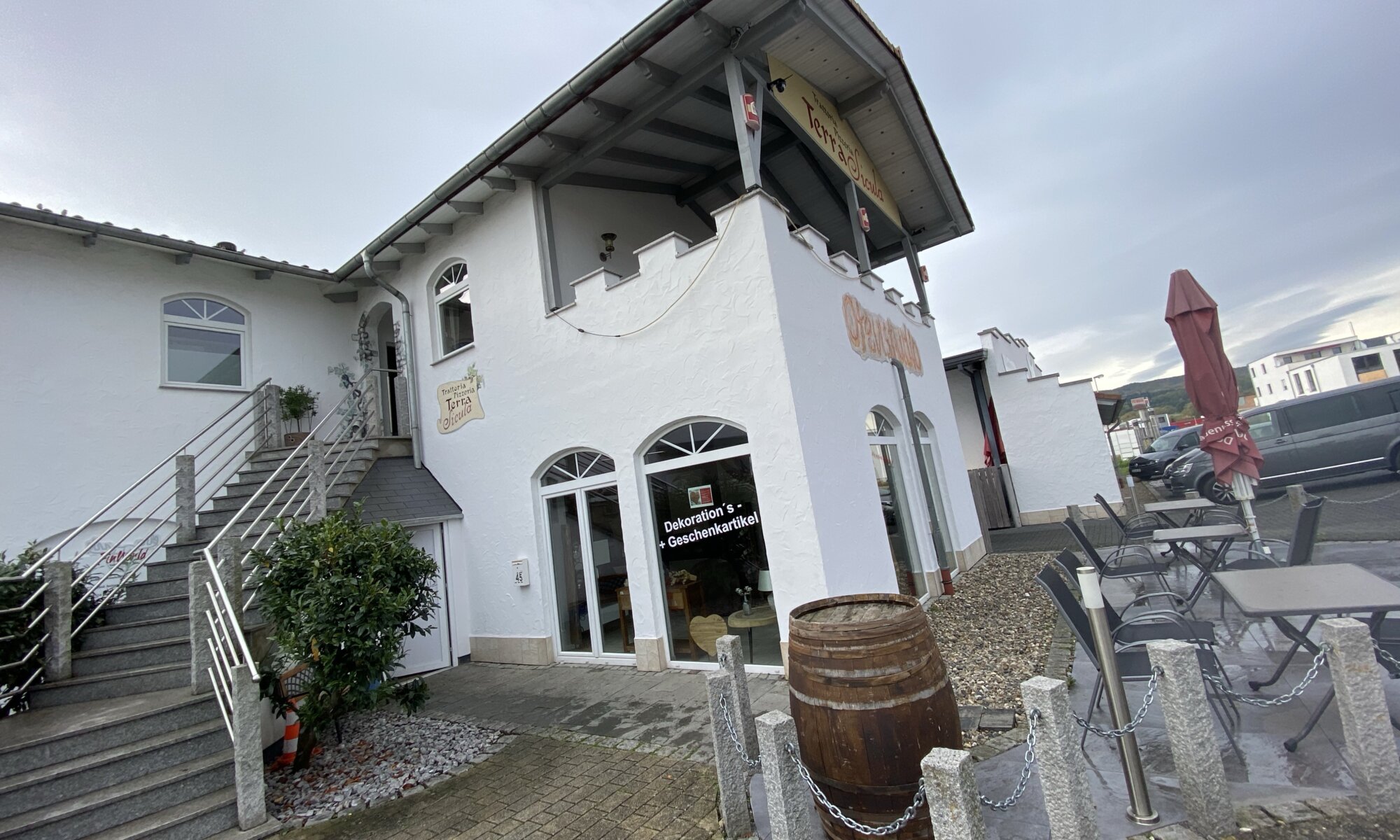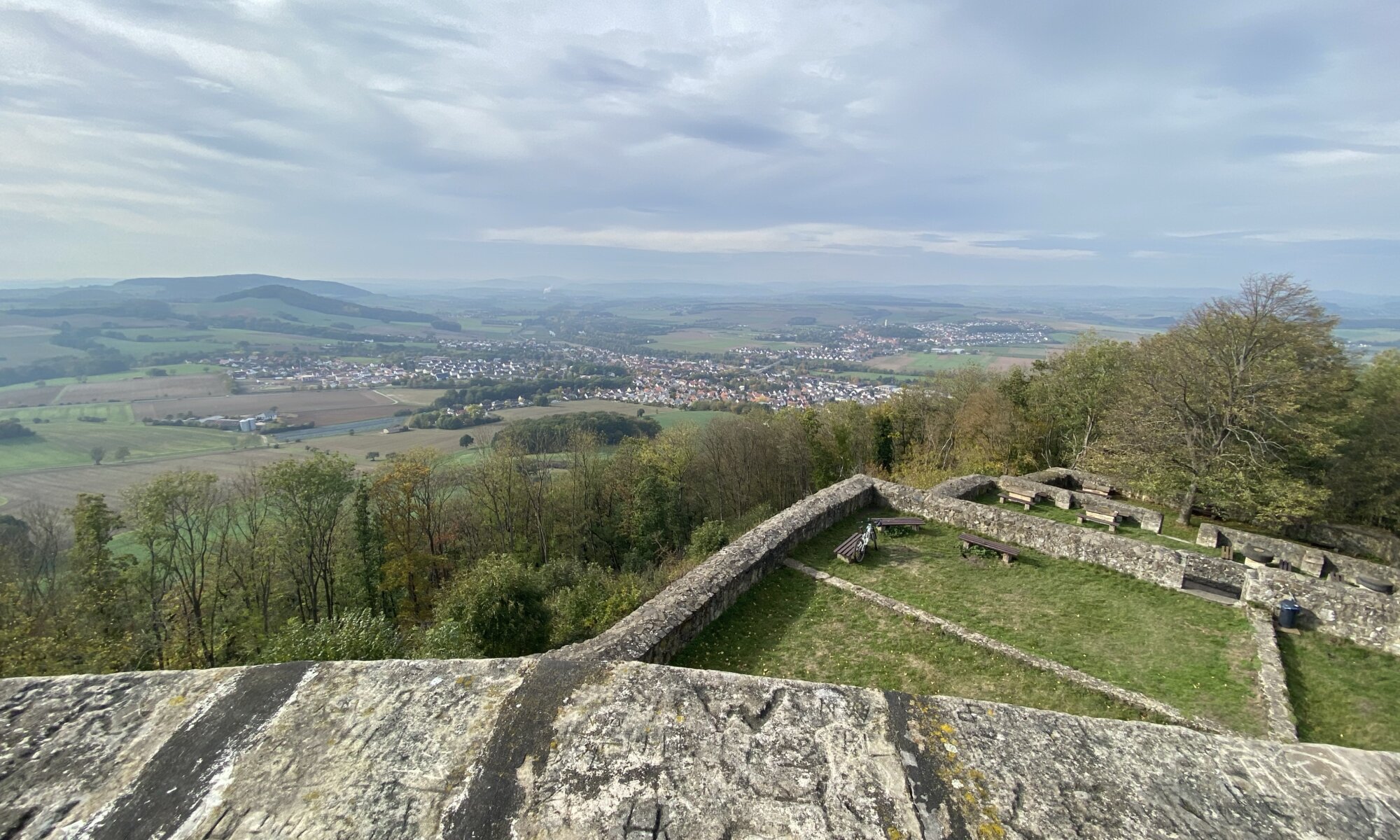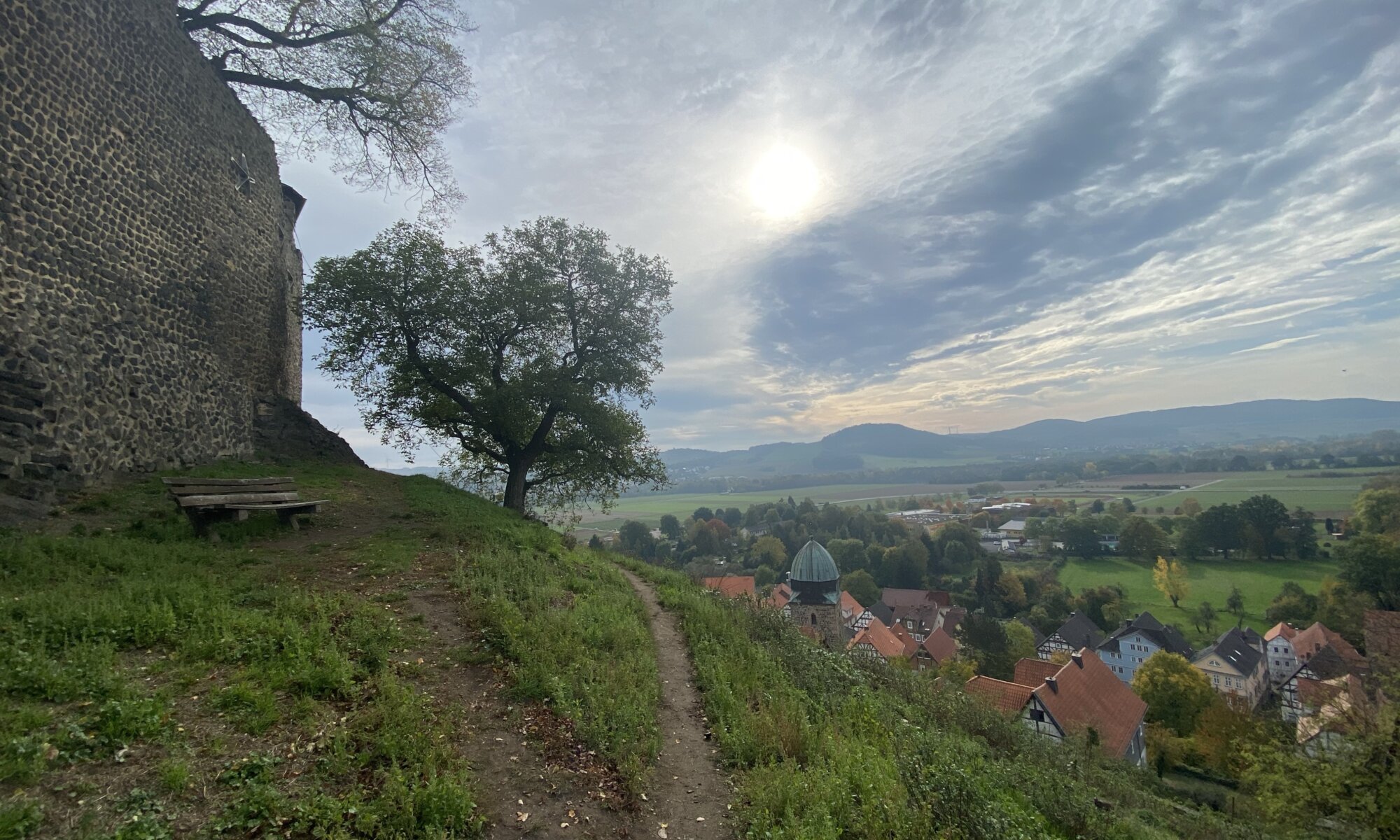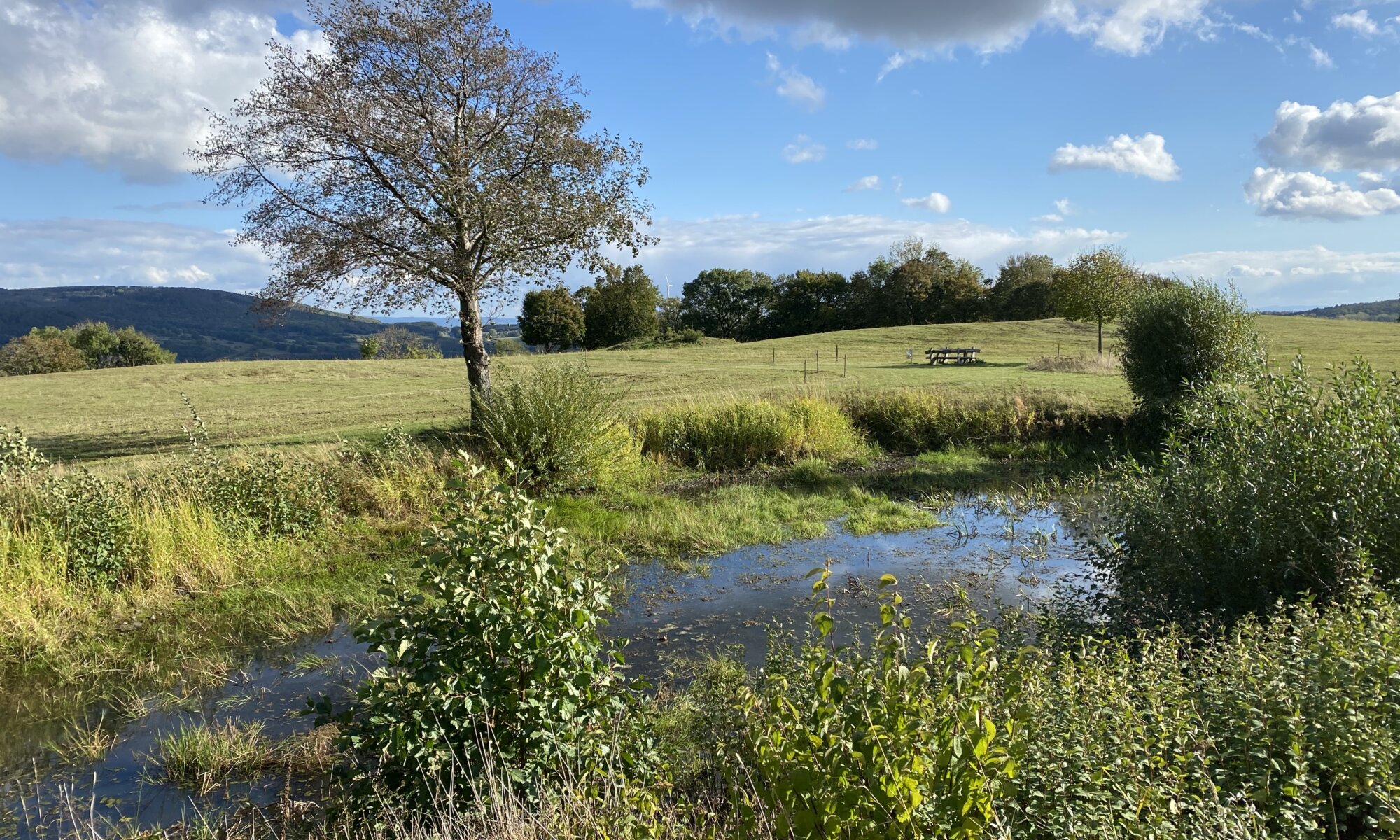In 1965 massive rain caused high floods and substantial damage to cities in Northern Hesse, South Lower Saxony and East Westphalia. The 16th and 17th of July 1965 became known of the days of the Heinrichsflut which flooded cities like Einbeck, Paderborn, Göttingen, Kassel and Bad Karlshafen. As the weather prediction and also the communication systems were not as advanced as today many people were warned too late, some were locked in, some needed to be rescued by helicopters and 16 persons died.
Continue reading “Twistesee”Residenzschloß
Bad Arolsen is a small town about 45 km west of Kassel, Germany. It only has around 15,000 inhabitants but also an important history which makes it worth to be visited. The roots of the town lie in a cloister that was founded here in 1131. It was later converted to a castle when the city became the residence town of the princes of Waldeck-Pyrmont between 1655 and 1918. It was a small state in the Holy Roman Empire and was sovereign until the foundation of the Weimar Republic in 1929.
Continue reading “Residenzschloß”Bilsteinturm
The Bilstein (or sometimes Bielstein) is a very secluded mountain peak in the Kaufungen forest between the cities Nieste, Witzenhausen and Großalmerode. It is more than 640 meters high and originates from volcanic activities two million years ago. On top of the basaltic mountain, you can find the Bilsteinturm – an observation tower built in 1869. It was first made of wood and 20 years later replaced by a new tower made of stone. In 1960 an additional metal construction was put on top.
Continue reading “Bilsteinturm”Gudensberg
The city of Gudensberg, Germany, is just a small one with around 10,000 inhabitants. If you tour this part of Northern Hesse you will find the city very easily as it has one major sight high above the town: the Oberburg castle ruin. The Schloßberg (castle mountain) is a more than 300 meters high volcanic cone from which you can have fantastic views on the surrounding area.
Continue reading “Gudensberg”Riesenstein
Yes, it is just a giant rock in the middle of a forest at Naumburg, Germany, between Altendorf and Heimarshausen on the Ziegenrück mountain. But it is a really impressive one! It is nine meters high and consists of sandstone. Formerly there was a wooden bridge on which you could climb onto to stone (some remains are still visible) and there is also a small cave carved into the stone.
Continue reading “Riesenstein”Falkenstein
The Burgruine Falkenstein (hawk stone) at Bad Emstal, Germany, is the ruin of a former castle on a mountain (the Falkenstein) in the middle of a large forest far away from civilization. It is therefore the perfect destination for a hike or a bike trip. The castle was first mentioned in the year 1346 CE and finally destroyed in 1631 CE by the troops of the Count of Tilly during the Thirty Years’ War.
Continue reading “Falkenstein”Terra sicula
Was your last vacation in Italy already too long ago? If you’re searching for the best pizza of Baunatal, Germany, you need to know where to look for it: in an industrial zone of the city quarter Großenritte. There you’ll find the pizzeria Terra sicula (Sicilian soil) which offers the typical Italian dishes in outstanding quality. The walls are decorated with images from Corleone – so I wouldn’t dare to say something else. 😉
Continue reading “Terra sicula”Burg Heiligenberg
Once you climbed up the Heiligenberg mountain you can understand why already during the Iron Age humans used this place to build a fortification. It is a nearly 400 meters high basaltic mountain and the first castle was built here between 1180 and 1186 CE. Today you can visit the remaining walls, a well-preserved gate, you can use one of the many places to sit down for a picnic or climb up onto the short tower to enjoy good views on the city Felsberg.
Continue reading “Burg Heiligenberg”Felsburg
It is absolutely impossible to overlook the castle Felsburg at Felsberg, Germany. It sits on a basaltic cone next to the city and is nearly 30 meters high. First mentioned in the year 1060 CE it was built to protect the strategically important passage through river Eder which was part of an important inner-German trade channel. The castle is in good shape and you can climb up on different paths to take a look at it.
Continue reading “Felsburg”Table mount
Northern Hesse has its own table mount! Not as vast as the Table Mountain in Cape Town, South Africa but very worth a visit. When coming from Kassel, Germany, you need to pass around the Bergpark Wilhelmshöhe and then you will see it very fast: the Burghasunger Berg belonging to Zierenberg. The mountain is flat and on top, you will find a small lake, the ruins of a former cloister, good views and some places to rest.
Continue reading “Table mount”